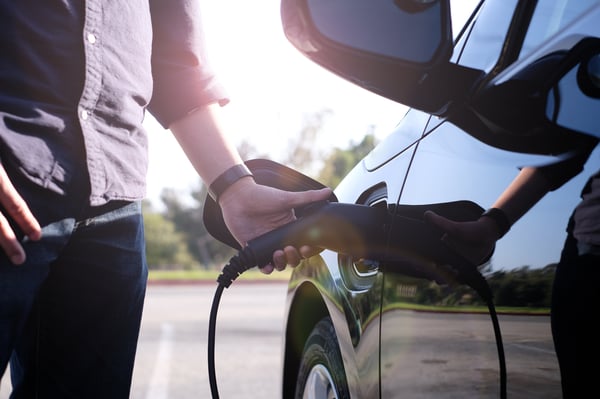Demand for electric vehicles (EV) continues to soar. According to research firm Fact MR, the EV market hit a record $90 billion in 2018. That figure is expected to increase by more than 13 percent in 2019. The market is expected to surpass $400 billion by 2025.
What’s fueling this increase in demand? Awareness about energy efficiency and environmental impact is a primary driver. However, falling prices are also a major player. The price of EV batteries continues to fall, crossing below $200 per kilowatt-hour in 2018. That price is expected to approach $100 in the next two-to-four years, which would lead to widespread EV adoption.However, even as battery production becomes more cost-efficient, many EV producers still face a key manufacturing challenge: the battery electric vehicle insulator. While the battery may be the most top-of-mind, the battery insulator remains one of the most important components of any EV. The insulator is what protects the car from the battery itself.
While the battery may be the most top-of-mind, the battery insulator remains one of the most important components of any electric vehicle.
A bad insulator can lead to a variety of costly issues. In the highly-competitive EV market, a manufacturer can’t risk a poor reputation because of manufacturing issues. Ideally, an insulator should:
- Be durable enough to last for years.
- Use EV insulator materials that are strong enough to withstand a variety of environments and climates, including a wide range of different temperatures.
- Be flame retardant.
- Meet rigorous electrical barrier and insulation requirements.
On top of these needs, the insulator should also be cost-effective. This is one area where many insulators fall short, especially in the EV manufacturing world where trial-and-error is a way of life.
Injection molding and other insulator production processes have a high upfront investment cost for tooling. Injection molding also requires significant lead time to develop the mold, which can slow down production.
But what happens if the mold isn’t right? Maybe the design was flawed. Perhaps the insulator can’t withstand the full range of temperatures, or the material isn’t as durable as you would like. You’ve already sunk a sizable amount of time and money into this part. How do you experiment with a new design or new materials?
The Thermoforming Solution
At Deufol, we use thermoforming to develop insulators and other EV components. Thermoforming is advantageous in this process because it costs much less to develop the mold.
Thermoforming also allows you to experiment and works with a wide range of materials. In fact, Deufol has a strong network of material suppliers, so we can help you find the right materials for your insulator. We have also worked extensively with plastic material manufacturers and have developed a proprietary line of ESD-coated materials that are currently being used in the production of EV vehicles. Because of this experience in the EV market, we can provide a durable yet cost-effective material for your design.
We can also help you implement a variety of different designs and test them under rigorous conditions to see which design holds up best. The beauty of thermoforming is that it allows you to test options without overextending your production budget. No matter how complicated your project, our seven years of proven experience satisfying EV markets across multiple platforms and companies gives us the experience and expertise needed for all your EV applications.
Ready to see how thermoforming can help you create a cost-effective, durable battery electric vehicle insulator? Let’s talk about it. Contact us today to learn more about thermoforming and the role it can play in your production process. ![]()






Let Us Know What You Thought about this Post.
Put your Comment Below.